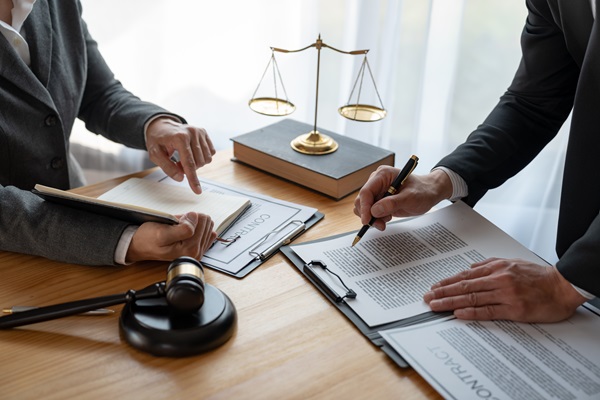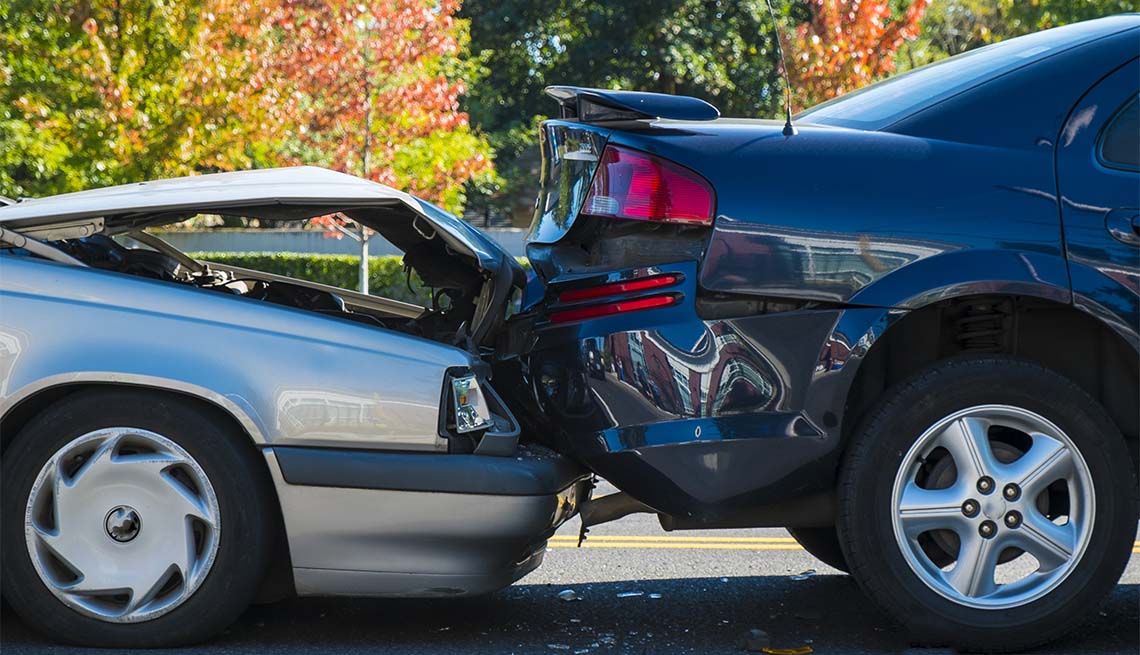Introduction
In the world of personal injury claims, success often comes down to the details. Real-life case studies illuminate how individuals have navigated their unique circumstances through the legal maze, leading to successful outcomes. In this article, we'll explore various case studies that highlight effective strategies, common pitfalls, and the sheer resilience of those who sought justice after an injury. If you've ever wondered about the process or what it takes to win a personal injury claim, you're in the right place!
Case Studies: Successful Outcomes from Local Personal Injury Claims
Personal injury claims can be complex and overwhelming. Yet, when approached correctly, they can lead to significant compensation for injuries sustained due to someone else's negligence. Let's dive into some notable case studies that showcase successful outcomes.
Understanding Personal Injury Claims
Before delving into specific cases, it’s vital to understand what personal injury claims entail. A personal injury claim is usually based on negligence—when one party's failure to exercise reasonable care results in harm to another.
Types of Personal Injury Cases
Slip and Fall Accidents
These cases often arise in public places where property owners fail to maintain safe conditions.
Car Accidents
One of the most common types of personal injury claims involves automobile accidents caused by reckless or negligent driving.
Medical Malpractice
Patients harmed due to a healthcare professional’s negligence have grounds for these claims.
Workplace Injuries
When employees are injured on the job due to unsafe environments or practices, they may file claims against employers.
Product Liability
Consumers injured by defective products can hold manufacturers accountable.
Dog Bites
Owners can be held liable if their pets injure someone due to negligence.

Key Components of a Successful Claim
A successful personal injury claim typically hinges on several critical elements:
- Duty of Care: Establishing that the defendant had a responsibility towards the plaintiff. Breach of Duty: Demonstrating that the defendant failed to uphold that duty. Causation: Linking the breach directly to the injuries sustained. Damages: Showing tangible losses resulting from those injuries.
Case Study 1: The Slip-and-Fall Incident at a Grocery Store
Background: Jane Doe was shopping at her local grocery store when she slipped on a wet floor without any warning signs.

Claim Details
Jane filed her claim citing negligence as there were no caution signs present indicating danger.
Outcome
After gathering evidence such as surveillance footage and witness statements, Jane’s attorney successfully negotiated a settlement covering her medical bills and lost wages amounting to $75,000.
Case Study 2: The Distracted Driver Collision
Background: John Smith was hit by a distracted driver who was texting while driving.
Claim Details
John suffered significant injuries requiring surgery and extensive rehabilitation.
Outcome
With thorough documentation of his medical condition and expert testimony regarding distracted driving laws, John secured $150,000 in damages.
Case Study 3: Medical Malpractice Gone Wrong
Background: Mary Johnson underwent routine surgery but faced complications due to surgical errors made by her physician.
Claim Details
Mary filed a malpractice suit against both her doctor and the hospital for failing to follow standard operating procedures during surgery.
Outcome
The court ruled in Mary's favor after hearing expert testimonies regarding protocol breaches, awarding her $300,000 for pain and suffering along with future medical expenses.
Investigating Workplace Injury Claims
Workplace injuries can sometimes take longer to resolve due to workers' compensation laws and employer disputes over liability.
Case Study 4: Construction Site Accident
Background: Mike Brown fell from scaffolding at work due to inadequate safety measures provided by his employer.
Claim Details
Mike filed both a workers' compensation claim and a third-party liability claim against the equipment manufacturer for faulty scaffolding.
Outcome
Combining both claims resulted in Mike receiving $200,000 for his injuries and ongoing therapy costs after demonstrating clear negligence on multiple parties’ parts.
Navigating Product Liability Cases
When it comes to product liability cases, establishing proof that a product was defective is crucial.
Case Study 5: Defective Household Appliance
Background: Lisa White suffered burns when her toaster malfunctioned due to faulty wiring design by the manufacturer.
Claim Details
Lisa filed a lawsuit against both the retailer and manufacturer for selling dangerous merchandise without proper warnings or recalls issued prior to her incident.
Outcome
Through solid evidence including recall notices and Fresno accident attorney expert evaluations regarding appliance safety standards, Lisa received $125,000 in damages for her physical pain and emotional distress following this traumatic experience.
FAQs about Local Personal Injury Claims
What is considered a personal injury?
A personal injury refers to physical or psychological harm inflicted upon an individual due to another party's negligence or intentional actions.
How long do I have to file a claim?
Statutes of limitations vary by state but typically range from one year up to six years post-incident depending on circumstances surrounding your case type.
What evidence do I need for my claim?
Gather photographs of injuries/accident scenes; obtain police reports; secure witness statements; keep detailed records of medical treatment received; document financial losses related directly tied back your accident incident(s).
Can I still file if I was partially at fault?
Yes! Many jurisdictions use comparative negligence laws where damages awarded may be reduced based on percentage attributed fault assigned between parties involved (e.g., you were found 30% liable).
Should I hire an attorney?
While not mandatory hiring legal representation significantly increases chances obtaining fair compensation given complexity associated with navigating legal processes effectively!
What if my case goes trial?
While most cases settle out-of-court through negotiations only about 5% actually reach trial proceedings – having skilled lawyers increases likelihood securing positive outcome should this occur!
Conclusion
Navigating personal injury claims can feel like walking through a minefield—one wrong step could set you back weeks or even months in your pursuit of justice! But as we’ve seen through these compelling case studies—from slip-and-fall incidents at grocery stores all the way up medical malpractice suits—the path forward is paved with diligence, proper documentation, understanding your rights under law alongside necessary expertise!
Success doesn’t happen overnight; however taking informed steps backed up by strong evidence increases likelihood achieving favorable resolution while ensuring accountability where needed most! So whether it's seeking compensation for lost wages after an unexpected accident or fighting against powerful corporations responsible harming innocent lives—remember there’s always hope ahead when armed knowledge coupled with perseverance!